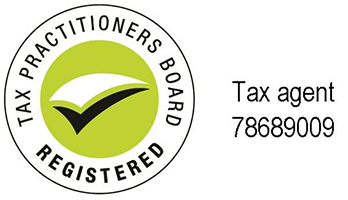Treasury Provides Further Details On Additional 15% Super Tax
Following its announcement of an additional 15% tax for individuals with super balances that exceed $3 million, the Government has provided more detail on how the news rules will apply from 1 July 2025. The devil is in the detail with this proposal!
In February 2023, the Government announced its intention to reduce the tax concessions available to individuals with superannuation balances in excess of $3 million. Broadly, from 1 July 2025, individuals with balances over this threshold would be subject to an additional tax of 15% on the earnings on any balance that exceeds the $3 million threshold. There is to be no limit imposed on the size of account balances in accumulation phase.
Treasury has subsequently released a factsheet, shedding more light on how this additional super tax will be calculated.
In the factsheet, it has been confirmed that individuals with a total superannuation balance (‘TSB’) of over $3 million at the end of an income year will be subject to a tax of 15% on superannuation earnings. This tax is in addition to any tax their superannuation funds pay on earnings in accumulation phase. This means that earnings attributable to balances above $3 million will generally attract a combined headline rate of 30%.
This measure will commence on 1 July 2025 and apply to the 2026 income year onwards. The tax only applies to the proportion of earnings corresponding to balances above $3 million (i.e., earnings corresponding to funds below $3 million will continue to be taxed at 15% or less).
Effectively, ‘earnings’ for the purposes of the additional super tax are calculated with reference to the difference in an individual’s TSB at the start and end of the income year, adjusting for withdrawals and contributions.
An individual’s TSB is calculated with reference to value of assets held by the fund, which essentially means this new tax will apply to unrealised capital gains!
Individuals will have the choice of either paying the tax personally or from their superannuation funds (similar to Division 293 tax). Individuals who hold interests in multiple superannuation funds will be able to elect the fund from which the tax is paid.
The formula for calculating the additional super tax takes into account the difference between the member’s TSB for the current and previous income years and adjusts for net contributions (which excludes contributions tax paid by the fund on behalf of the member) and withdrawals, and is adjusted to ensure only superannuation balances in excess of $3 million are subject to the additional super tax.
If an individual makes an earnings loss in a financial year, this can be carried forward to reduce the tax liability in future years.
The Government intends to minimise the extent of new reporting requirements for superannuation funds with regard to the additional super tax, noting that TSBs are already collated by the ATO as part of superannuation fund reporting. TSBs in excess of $3 million will be tested for the first time on 30 June 2026, with the first notices of a tax liability expected to be issued to individuals (by the ATO) during the 2027 income year.
Example of calculating the additional super tax
Gina is 59 and has a $4 million TSB on 30 June 2025. She makes no withdrawals or contributions during the 2026 income year. By 30 June 2026, Gina’s TSB has grown to $4.5 million.
This means Gina’s calculated earnings for the 2026 income year is $500,000 (i.e., $4.5 million – $4 million).
The earnings amount is then adjusted to calculate the proportion of earnings corresponding to funds above $3 million, which is calculated as follows:
($4.5 million – $3 million) ÷ $4.5 million = 33% (rounded)
In turn, Gina’s additional super tax for the 2026 income year is calculated as follows: Tax Liability = 15% x $500,000 x 33% = $24,750
Ref: Treasury website, ‘Better targeted superannuation concessions’ factsheet

